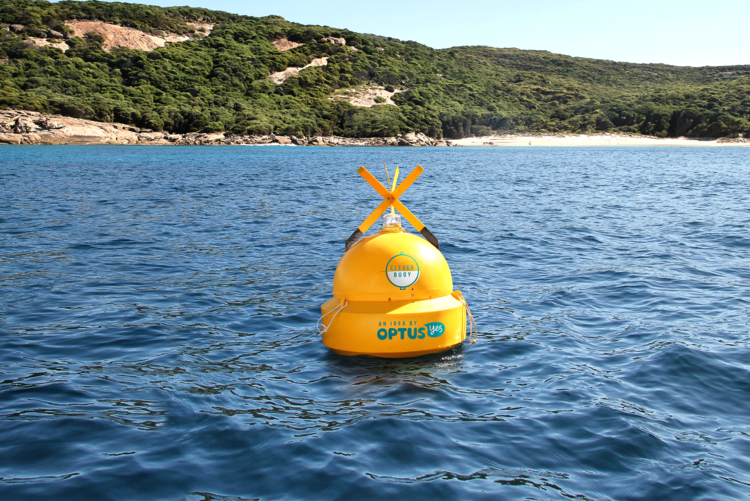If you’ve watched Jaws way too many times or like to indulge in summertime “Shark Week” on the Discovery Channel, then you know sharks can be frightening and they really do attack.

A research and development program called Clever Buoy has introduced the world’s first shark-detection buoy. Since 85% of Australians live on the coast and sharks love the Australian coastal waters, a buoy was created that uses sonar imaging technology to detect shark’s distinct movements in real-time.
Once a shark has been detected, the Clever Buoy sends a message via the Optus Network. The message is instantly relayed to lifeguards on the beach so they can raise the alarm, but also shared with relevant audiences using Google+.
The buoy employs a rechargeable battery that powers the sonar, on-board data analysis and transmission. It also contains a microprocessor that analyzes the sonar signature data which is transferred using a two-way Inmarsat IsatData Pro satellite service which can remotely manage fixed and mobile assets anywhere in the world.
The maximum sonar-detection range is currently estimated at almost 200 ft. if deployed in deep waters.
And don’t worry about it mistaking a dolphin for a shark. After testing at the Sydney Aquarium and in the Abrolhos Islands, the Clever Buoy is clear on what a shark signature looks like. Sharks create a distinct sonar signature and swimming pattern that is different than mammals and the buoy will continue to adapt and develop with more experience.
Clever Buoy’s program goal is to develop a prototype that could one day present a viable alternative to current shark defense methods. Long term, the company hopes to use the buoys to capture the sonar signatures of all marine life to learn more about the sea.
For more information visit Clever Buoy’s interactive website.
Advertisement
Learn more about Electronic Products Magazine





